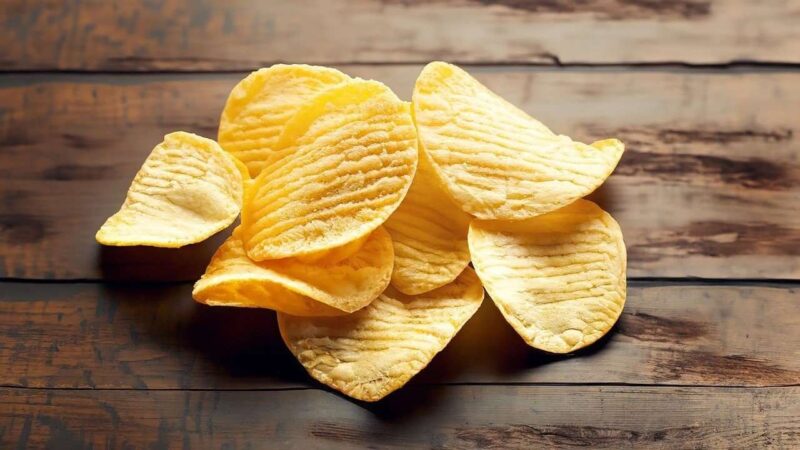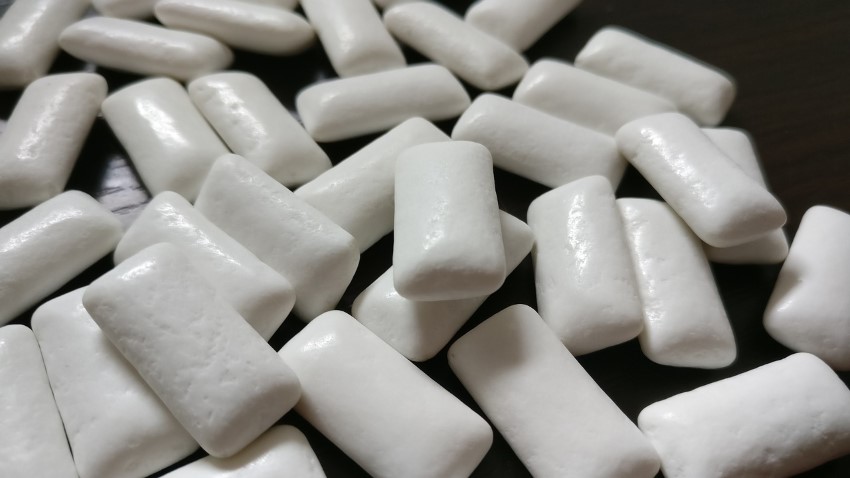By: Emily Caldwell, Ohio State University Office of Marketing and Communications
Snacks constitute almost a quarter of a day’s calories in U.S. adults and account for about one-third of daily added sugar, a new study suggests.
Researchers analyzing data from surveys of over 20,000 people found that Americans averaged about 400 to 500 calories in snacks a day – often more than what they consumed at breakfast – that offered little nutritional value.
Though dietitians are very aware of Americans’ propensity to snack, “the magnitude of the impact isn’t realized until you actually look at it,” said senior study author Christopher Taylor, professor of medical dietetics in the School of Health and Rehabilitation Sciences at The Ohio State University.
“Snacks are contributing a meal’s worth of intake to what we eat without it actually being a meal,” Taylor said. “You know what dinner is going to be: a protein, a side dish or two. But if you eat a meal of what you eat for snacks, it becomes a completely different scenario of, generally, carbohydrates, sugars, not much protein, not much fruit, not a vegetable. So it’s not a fully well-rounded meal.”
Survey participants who were controlling their type 2 diabetes ate fewer sugary foods and snacked less overall than participants without diabetes and those whose blood sugar levels indicated they were prediabetic.
“Diabetes education looks like it’s working, but we might need to bump education back to people who are at risk for diabetes and even to people with normal blood glucose levels to start improving dietary behaviors before people develop chronic disease,” Taylor said.
The study was published recently in PLOS Global Public Health.

Researchers analyzed data from 23,708 U.S. adults over 30 years of age who had participated from 2005 to 2016 in the National Health and Nutrition Examination Survey. The survey collects 24-hour dietary recalls from each participant – detailing not just what, but when, all food was consumed.
Respondents were categorized according to their HbA1c level, a measure of glucose control, into four groups: nondiabetes, prediabetes, controlled diabetes and poorly controlled diabetes.
Among the whole survey sample, snacks accounted for between 19.5% and 22.4% of total energy intake – while contributing very little nutritional quality.
In descending order of proportion, snacks consisted of convenience foods high in carbohydrates and fats, sweets, alcoholic beverages, non-alcoholic drinks that include sugar-sweetened beverages, protein, milk and dairy, fruits, grains and, lagging far behind, vegetables.
Noting that capturing 24 hours of food consumption doesn’t necessary reflect how people usually eat, “it gives us a really good snapshot of a large number of people,” Taylor said. “And that can help us understand what’s going on, where nutritional gaps might be and the education we can provide.”
Finding that people with diabetes had healthier snacking habits was an indicator that dietary education is beneficial to people with the disease. But it’s information that just about everyone can use, Taylor said – and it’s about more than just cutting back on sugar and carbs.
“We need to go from just less added sugar to healthier snacking patterns,” he said. “We’ve gotten to a point of demonizing individual foods, but we have to look at the total picture. Removing added sugars won’t automatically make the vitamin C, vitamin D, phosphorus and iron better. And if we take out refined grains, we lose nutrients that come with fortification.

“When you take something out, you have to put something back in, and the substitution becomes just as important as the removal.”
And so, rather than offering tips on what foods to snack on, Taylor emphasizes looking at a day’s total dietary picture and seeing whether snacks will fulfill our nutritional needs.
“Especially during the holidays, it’s all about the environment and what you have available, and planning accordingly. And it’s about shopping behavior: What do we have in the home?” he said.
“We think about what we’re going to pack for lunch and cook for dinner. But we don’t plan that way for our snacks. So then you’re at the mercy of what’s available in your environment.”
This work was supported by Abbott and Ohio State. Co-authors included Kristen Heitman, Owen Kelly, Stephanie Fanelli and Jessica Krok-Schoen of Ohio State and Sara Thomas and Menghua Luo of Abbott.



